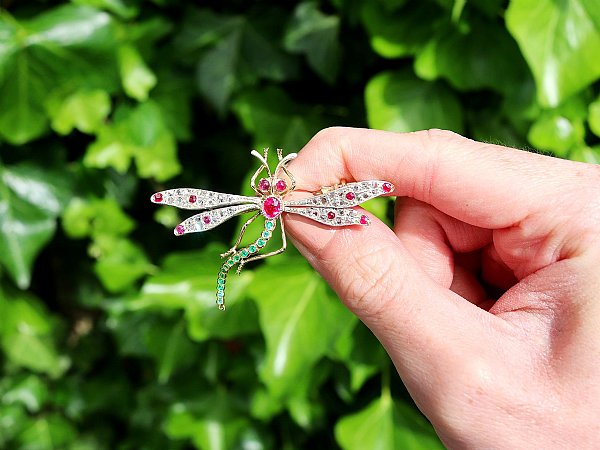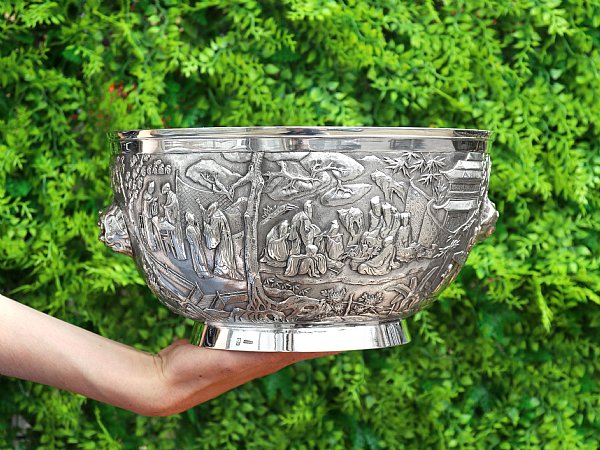Search Results for: '{{searchText}}'
Sorry...
We don't seem to have what you're looking for.
However we do have thousands of magnificent pieces of silver and jewellery available for you to view online. Browse our store using one of these categories.
Please wait for loading data... 
Browse these categories under "Antique and Vintage Aquamarine Jewellery"

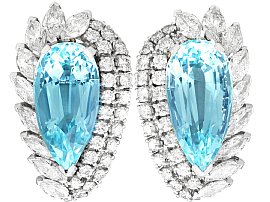
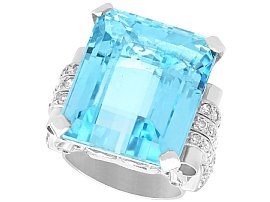
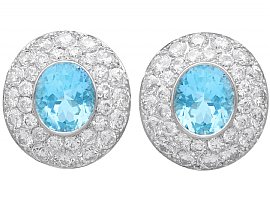
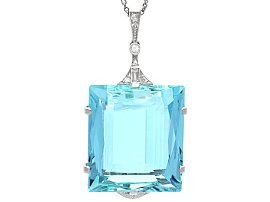
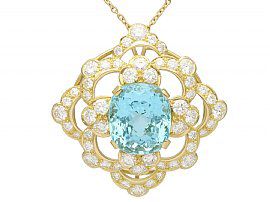
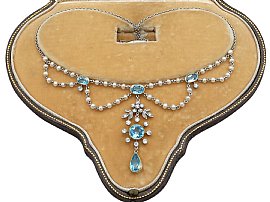
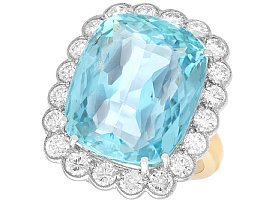
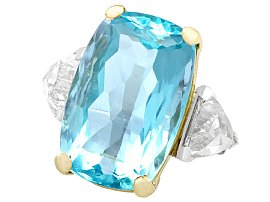
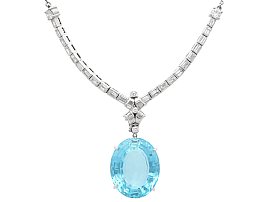

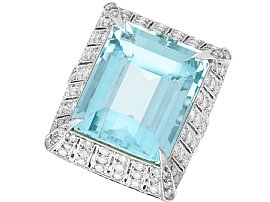
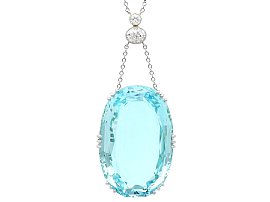
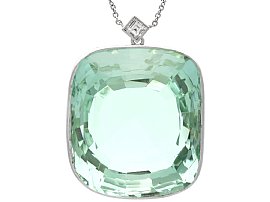

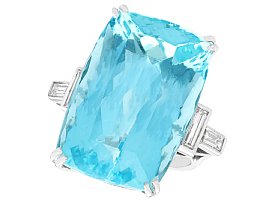
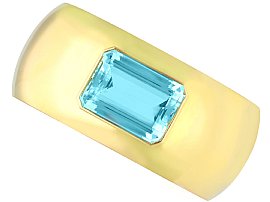
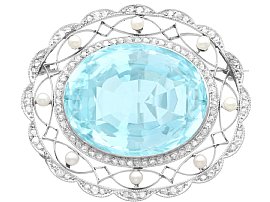
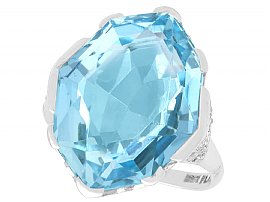
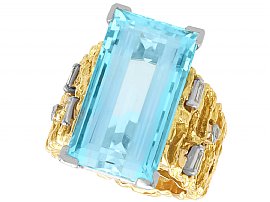
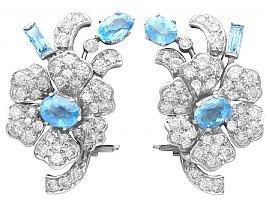
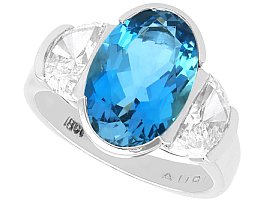
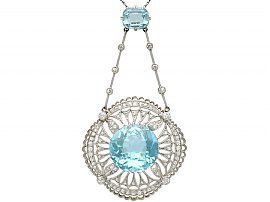
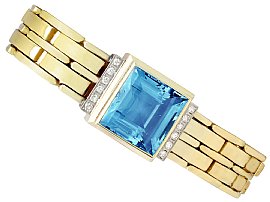
40.72ct Aquamarine and 1.82ct Diamond Platinum Dress Ring - Vintage Circa 1990
Price: GBP £14,450.0021.12ct Aquamarine and 5.86ct Diamond, 18ct White Gold Clip on Earrings - Vintage Circa 1980
Price: GBP £14,245.0034.22 ct Aquamarine and 1.28 ct Diamond, 15 ct White Gold Cocktail Ring - Art Deco - Vintage Circa 1950
Price: GBP £13,950.009.06ct Aquamarine and 8.25ct Diamond, Platinum Cluster Earrings - Vintage Circa 1970
Price: GBP £13,950.00Antique 42.88ct Rectangular Cut Aquamarine, Diamond and White Gold Pendant
Price: GBP £13,950.0022.32ct Aquamarine, 7.62ct Diamond and 18ct Yellow Gold Pendant - Vintage Circa 1950
Price: GBP £12,950.00Antique 4.73 ct Aquamarine and 0.54 ct Diamond, Seed Pearl Necklace
Price: GBP £12,950.00Vintage 30.09ct Aquamarine and 2.94ct Diamond Ring in Yellow Gold
Price: GBP £12,950.0025.23ct Aquamarine and 3.40ct Diamond, Platinum Dress Ring - Vintage Circa 1950
Price: GBP £12,045.00Vintage 33.20 ct Aquamarine, 3.59 ct Diamond and Platinum Pendant
Price: GBP £10,950.00104.26ct Aquamarine and 18ct Rose Gold Necklace - Antique Circa 1920
Price: GBP £10,950.0020.50 ct Aquamarine and 2.15 ct Diamond, Platinum Dress Ring - Vintage Circa 1950
Price: GBP £9,950.0048.34ct Oval Aquamarine and 0.70ct Diamond, 18ct Yellow Gold and Platinum Necklace
Price: GBP £9,950.00Cushion Cut 71.50ct Aquamarine, Diamond Pendant in Platinum
Price: GBP £9,950.00Antique 42.24ct Aquamarine, 1.62ct Diamond and Platinum Brooch / Pendant
Price: GBP £9,950.0045.09ct Aquamarine and 0.96ct Diamond, 18ct White Gold Cocktail Ring - Vintage Circa 1970
Price: GBP £9,845.0040.35ct Aquamarine and 18ct Yellow Gold Cuff Bangle - Vintage Circa 1980
Price: GBP £8,950.0043.84 ct Aquamarine, 0.85 ct Diamond and Pearl, Platinum Brooch - Antique Circa 1910
Price: GBP £8,450.0014.35ct Aquamarine and 0.20ct Diamond and 18ct White Gold Dress Ring - Vintage Circa 1950
Price: GBP £7,950.0013.04ct Aquamarine and 0.20ct Diamond, 18ct Yellow Gold Cocktail Ring - Vintage Circa 1970
Price: GBP £7,950.002.23ct Aquamarine and 2.75ct Diamond, Platinum Earrings - Antique Circa 1930
Price: GBP £7,950.003.28ct Aquamarine and 1.68ct Diamond, 18ct White Gold Cocktail Ring
Price: GBP £7,950.0010.97ct Aquamarine and 1.57ct Topaz, 1.42ct Diamond and Platinum Necklace - Antique Circa 1920
Price: GBP £7,645.0021.68ct Aquamarine and 0.38ct Diamond, 14ct Yellow Gold Bracelet - Art Deco Style - Vintage Circa 1960
Price: GBP £7,645.00